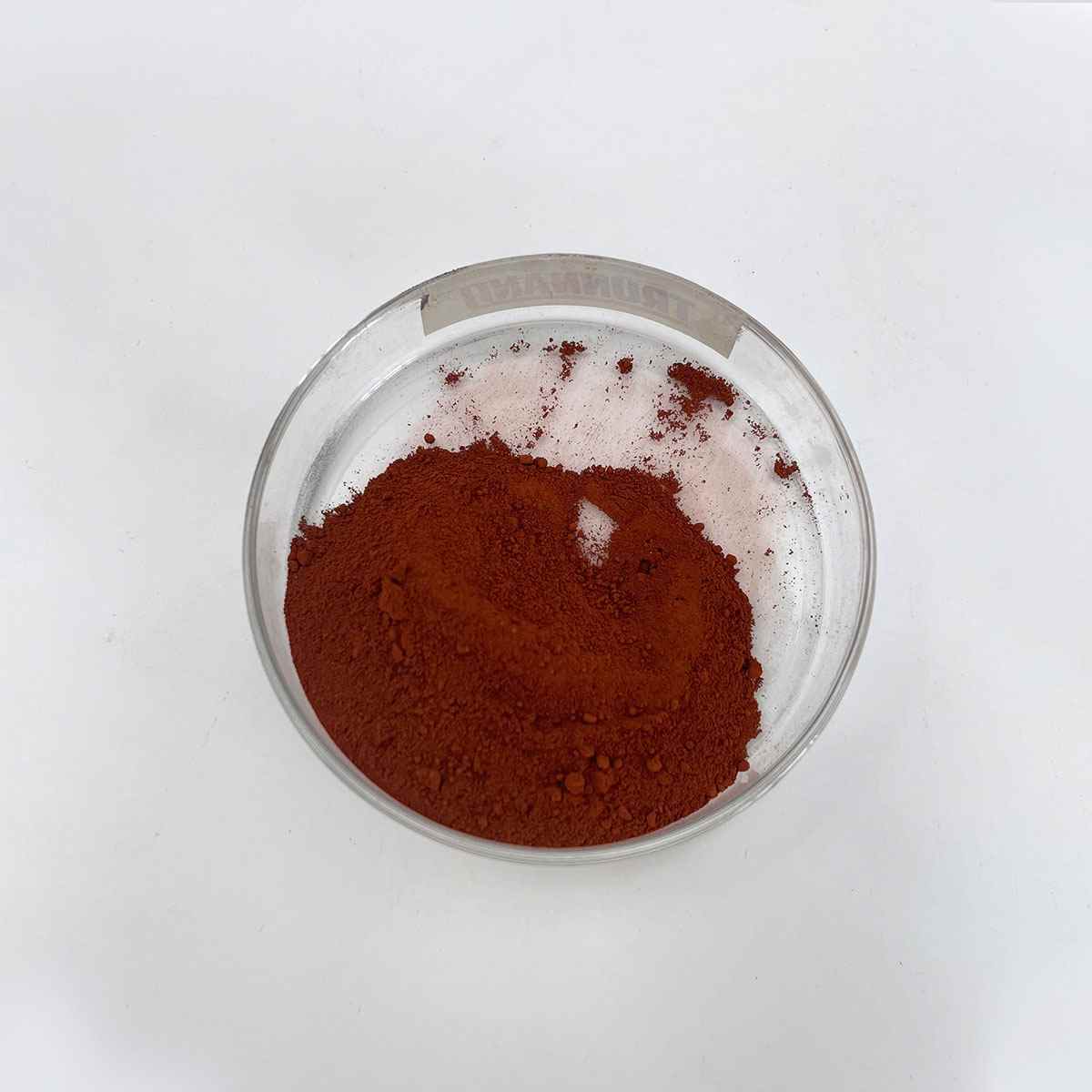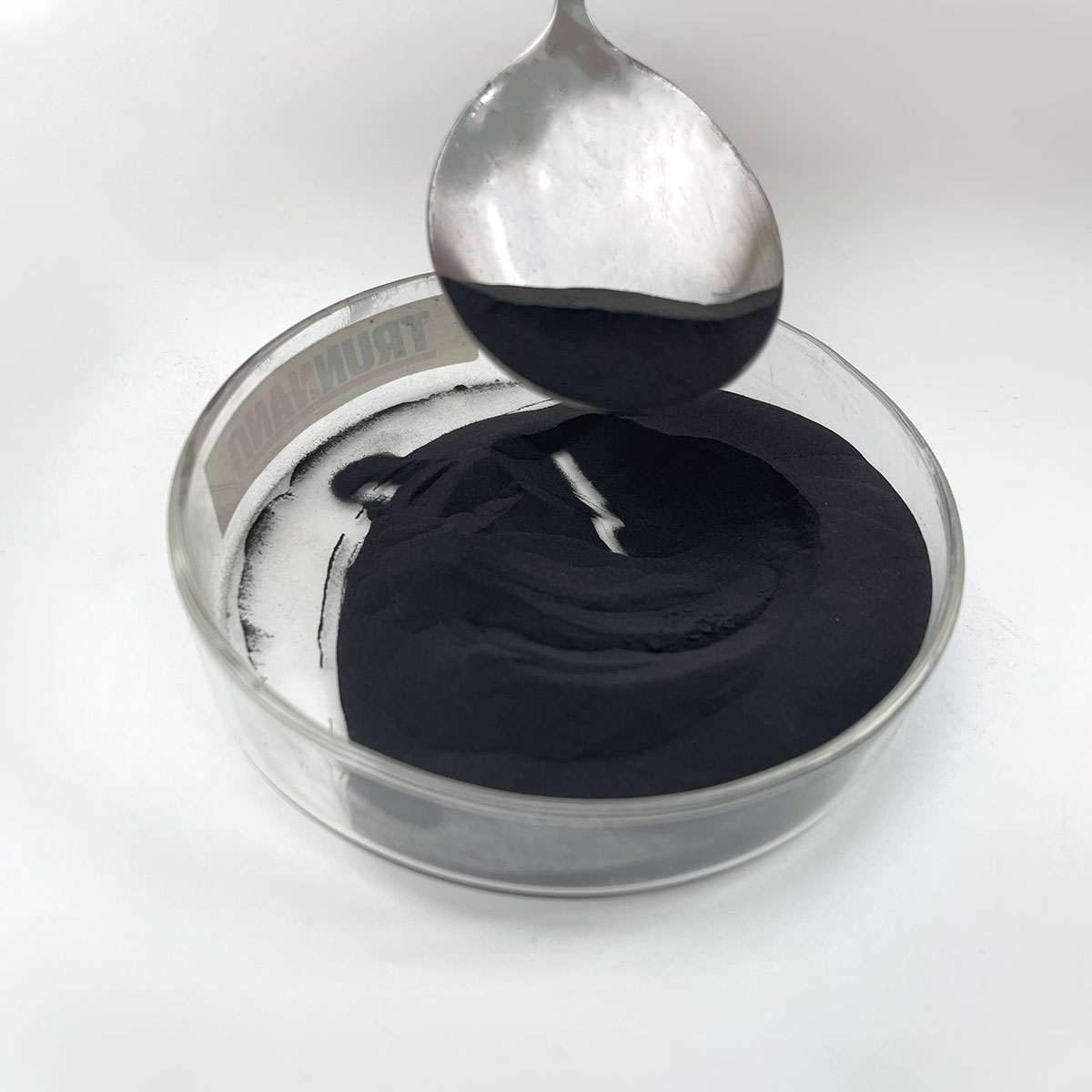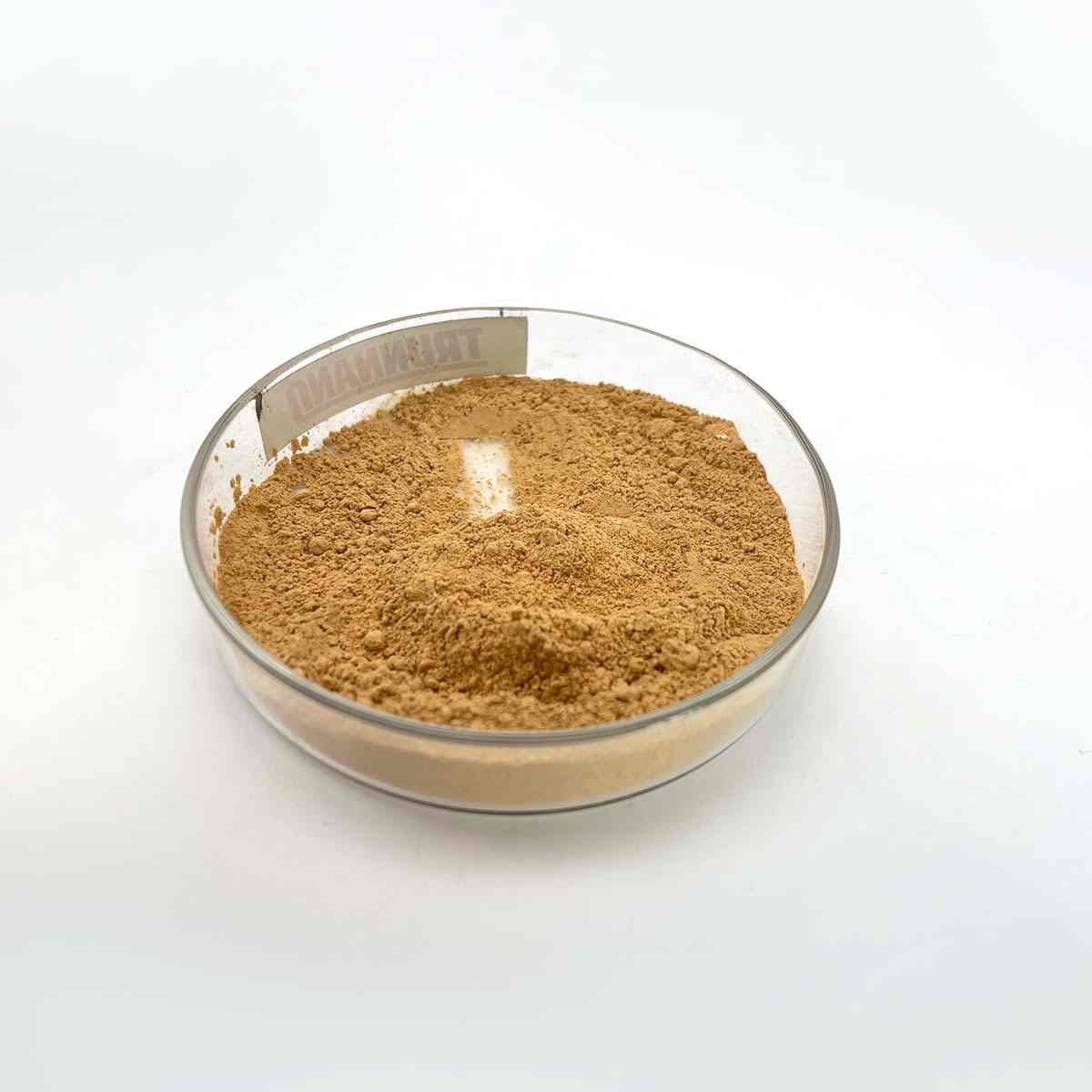Overview of Anionic Surface Sizing Agent; Styrenemaleic Anhydride; Paper Product; Cationic Surfactants
Cationic surfactants are a class of surface-active agents that contain a positively charged head group or cation when dissolved in aqueous solutions. They are characterized by their unique ability to interact with negatively charged surfaces, making them versatile compounds with applications across industries including personal care, household cleaning, textiles, agriculture, and pharmaceuticals. Their positive charge allows for specific interactions with anionic (negatively charged) molecules, which governs their functionality in various formulations.
Features of Anionic Surface Sizing Agent; Styrenemaleic Anhydride; Paper Product; Cationic Surfactants
-
Positive Charge: The hydrophilic (water-loving) head of a cationic surfactant carries a positive charge, typically derived from ammonium, pyridinium, or quaternary ammonium groups.
-
Strong Binding: Due to their positive charge, they bind strongly to negatively charged surfaces, like those found on skin, hair, or certain bacteria and viruses.
-
Emulsifying & Foaming Properties: Many cationic surfactants are effective emulsifiers, stabilizing oil and water mixtures, and can produce stable foams.
-
Conditioning & Softening: In personal care products, they improve the feel of hair and skin by depositing a conditioning film, enhancing manageability and softness.
-
Antimicrobial Activity: Some cationic surfactants exhibit bactericidal or virucidal properties, making them useful in disinfectants and sanitizers.
-
Compatibility: They can be formulated with other types of surfactants to enhance performance or modify product properties.

(Anionic Surface Sizing Agent; Styrenemaleic Anhydride; Paper Product; Cationic Surfactants)
Specification of Anionic Surface Sizing Agent; Styrenemaleic Anhydride; Paper Product; Cationic Surfactants
This product is an anionic surface sizing agent made from styrene maleic anhydride (SMA). It is created for paper manufacturing to boost water resistance and printability. The representative reinforces paper fibers and minimizes ink penetration. It works well with cationic surfactants to boost efficiency in different paper qualities.
The SMA-based sizing representative appears as a pale-yellow liquid. Its strong web content varieties in between 15% and 25%. The pH level remains neutral in between 6.5 and 7.5. Viscosity is controlled in between 50 and 200 mPa · s for easy application. The item dissolves swiftly in water. It remains steady under normal storage space conditions without separation.
This sizing representative works with cationic surfactants. Blending both produces a well balanced cost system. This enhances adsorption on cellulose fibers. The combination improves sizing efficiency and minimizes material waste. It helps neutral and alkaline papermaking procedures.
Application techniques include surface sizing or internal addition. For surface sizing, thin down the representative to 1%– 3% concentration. Use it throughout the sizing press phase. For inner addition, include 0.1%– 0.5% (completely dry weight) to the pulp. Readjust dosage based on paper kind and preferred water resistance.
The item is packaged in plastic drums or totes. Each container holds 200 kg or 1000 kg. Store it in an awesome, dry area away from direct sunlight. Keep temperatures in between 5 ° C and 40 ° C. Avoid cold or extended exposure to warm. The service life is 12 months when stored properly.
Precaution consist of putting on handwear covers and goggles during handling. Prevent skin get in touch with or inhalation. Rinse with water if get in touch with takes place. Comply with neighborhood laws for disposal. The item is non-flammable yet requires mindful taking care of to stop spills.

(Anionic Surface Sizing Agent; Styrenemaleic Anhydride; Paper Product; Cationic Surfactants)
Applications of Anionic Surface Sizing Agent; Styrenemaleic Anhydride; Paper Product; Cationic Surfactants
Anionic surface sizing agents play a vital role in paper manufacturing. They boost water resistance and printability. These representatives develop a safety layer theoretically fibers. This stops ink from spreading out during printing. Anionic types work well in alkaline problems. They are typically utilized in product packaging products and high-grade printing paper. Their cost-effectiveness makes them prominent in large production.
Styrene maleic anhydride (SMA) is a copolymer commonly utilized in paper processing. It works as a sizing representative to manage fluid absorption. SMA enhances paper framework by bonding fibers securely. This minimizes dusting and tearing throughout handling. It works effectively in both acidic and neutral settings. SMA-treated paper is common in tags, containers, and publications. The material’s convenience supports different paper qualities and production speeds.
Paper items benefit from ingredients like SMA and anionic agents. These chemicals improve sturdiness and surface area level of smoothness. They assist paper withstand moisture without losing shape. Applications consist of food product packaging, clinical paper, and commercial wraps. The additives make sure constant performance under various temperature levels and humidity levels.
Cationic surfactants act as complementary agents in papermaking. They carry a favorable cost, drawing in negatively charged fibers. This enhances retention of fillers and dyes in the paper matrix. Cationic kinds frequently pair with anionic sizing agents for much better stability. They minimize foam in processing systems and boost drain. These surfactants are vital in cells products, improving softness and absorbency. Their usage reaches recycled paper production, where they help in deinking and fiber recuperation.
Incorporating these materials enhances paper quality and efficiency. Anionic representatives and SMA focus on surface buildings. Cationic surfactants address internal fiber interactions. The equilibrium guarantees paper satisfies specific market criteria. Producers change formulas based upon end-use demands. This adaptability sustains diverse applications, from day-to-day stationery to specialized commercial sheets.
Company Profile
SurfactantChina is a trusted global chemical material supplier & manufacturer with over 12-year-experience in providing super high-quality surfactant and relative products.
The company has a professional technical department and Quality Supervision Department, a well-equipped laboratory, and equipped with advanced testing equipment and after-sales customer service center.
If you are looking for high-quality surfactant and relative products, please feel free to contact us or click on the needed products to send an inquiry.
Payment Methods
L/C, T/T, Western Union, Paypal, Credit Card etc.
Shipment
It could be shipped by sea, by air, or by reveal ASAP as soon as repayment receipt.
5 FAQs of Anionic Surface Sizing Agent; Styrenemaleic Anhydride; Paper Product; Cationic Surfactants
Anionic surface sizing agents strengthen paper. They make paper resist water better. This stops ink from spreading during printing. These agents work on the paper’s surface. They are common in packaging and writing paper.
Styrene maleic anhydride (SMA) is a polymer. It bonds with paper fibers. This improves stiffness and reduces dust. SMA works in neutral or alkaline conditions. It suits recycled paper. It helps cut costs without losing quality.
Paper products need sizing agents. These agents control how paper interacts with liquids. Without sizing, paper absorbs too much. This leads to blurry prints or weak structure. Sizing keeps paper durable for different uses.
Cationic surfactants have positive charges. They bind to negative paper fibers. This improves retention of additives during production. They also help water drain faster. This speeds up papermaking. They work well with some chemicals but not all.
Anionic and cationic agents usually avoid mixing. Opposite charges make them clash. This creates clumps or weakens effects. Exceptions exist with careful balancing. Testing is needed before combining them.
Store these chemicals in cool, dry places. Keep them sealed and away from sunlight. Moisture ruins effectiveness. Follow supplier guidelines for shelf life. Check containers regularly for damage.

(Anionic Surface Sizing Agent; Styrenemaleic Anhydride; Paper Product; Cationic Surfactants)






